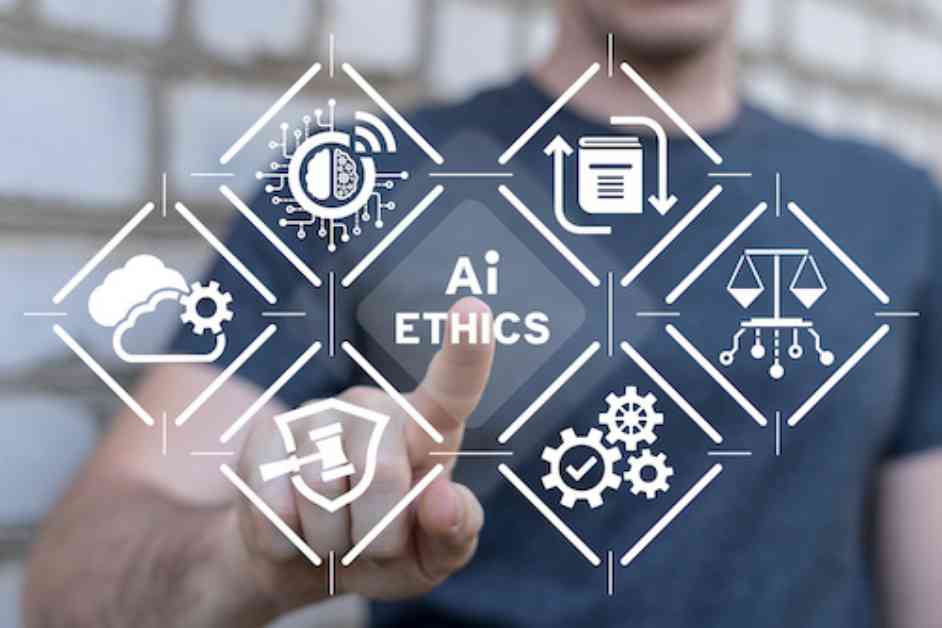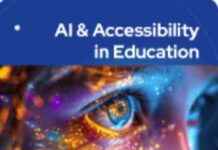In the ever-evolving world of Artificial Intelligence (AI), the field of education is taking center stage. With new AI tools being developed constantly for both educators and students, such as AI tutors and curriculum creators, the AI education market is expanding rapidly.
However, the long-term effects of AI on students remain uncertain. As educational AI research tries to keep pace with AI advancements, questions arise regarding how AI impacts student motivation and overall learning. These questions are particularly relevant for students of color, who face more systemic barriers compared to their white counterparts.
AI, which encompasses various technologies like ChatGPT, utilizes vast data repositories to make decisions and solve problems. These tools have become integrated into classrooms, assisting students with assignments and aiding educators with tasks like grading. While the use of AI in education is contentious, it is undeniable that it is here to stay and continuously evolving. The key question is: Can AI enhance student motivation and learning?
Research indicates that student motivation is influenced by various factors, but there is a lack of comprehensive understanding regarding the effects of AI on motivation. AI systems learn from existing datasets, which often contain societal biases and prejudices. This reliance on biased data can result in skewed outputs that perpetuate stereotypes and cliches, potentially leading to disengagement and decreased motivation among students of color.
It is essential to acknowledge that AI mirrors the biases present in society and education. Current AI applications in education have demonstrated biases, such as offering less favorable recommendations to students using African American Vernacular English or favoring essays written by white students over those by students of color. These biases can contribute to decreased motivation and learning outcomes for students of color, similar to discrimination experienced in human interactions.
To address these biases, similar to anti-bias practices for humans, AI systems should undergo training to recognize and mitigate bias. Companies like Google have released AI guidelines focusing on addressing bias in AI development. By intentionally selecting diverse datasets and testing AI systems with various populations, efforts can be made to ensure equitable outcomes. However, despite these initiatives, biases may still persist in AI systems, potentially leading to unintended consequences for underrepresented groups.
While AI integration in education is progressing rapidly, it is crucial to proactively address and understand the potential for bias and discrimination. By approaching AI implementation in education with inclusivity, awareness, and intentionality, we can strive to create an AI-powered learning environment that enhances the educational experiences for all students.
About the Author:
Eliana Whitehouse is a macro social worker with a background in supporting community-based initiatives and research. Currently working as a Research and Evaluation Associate at EduDream, a women-owned education research consulting firm, she brings a wealth of experience to the field of education and AI.



















